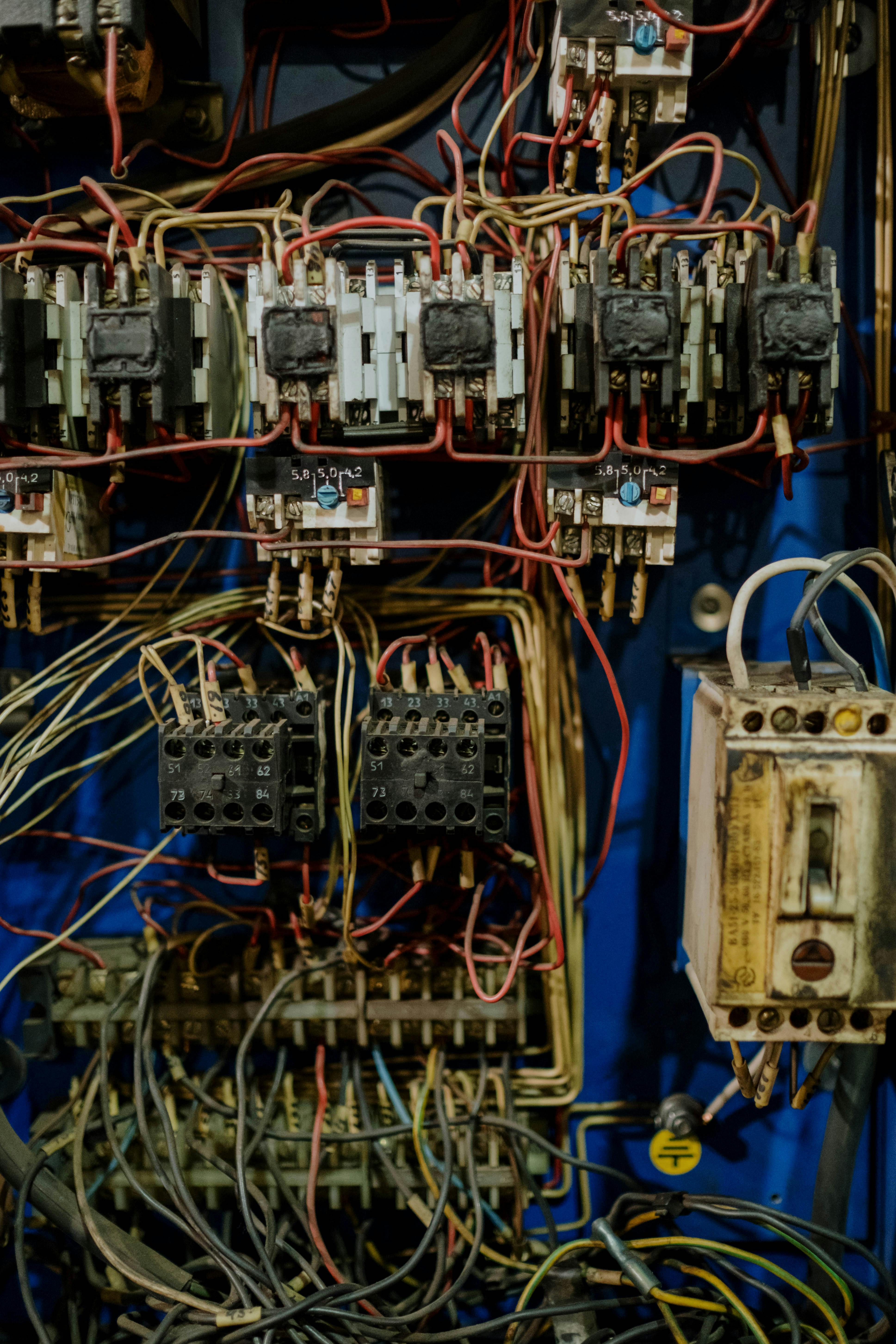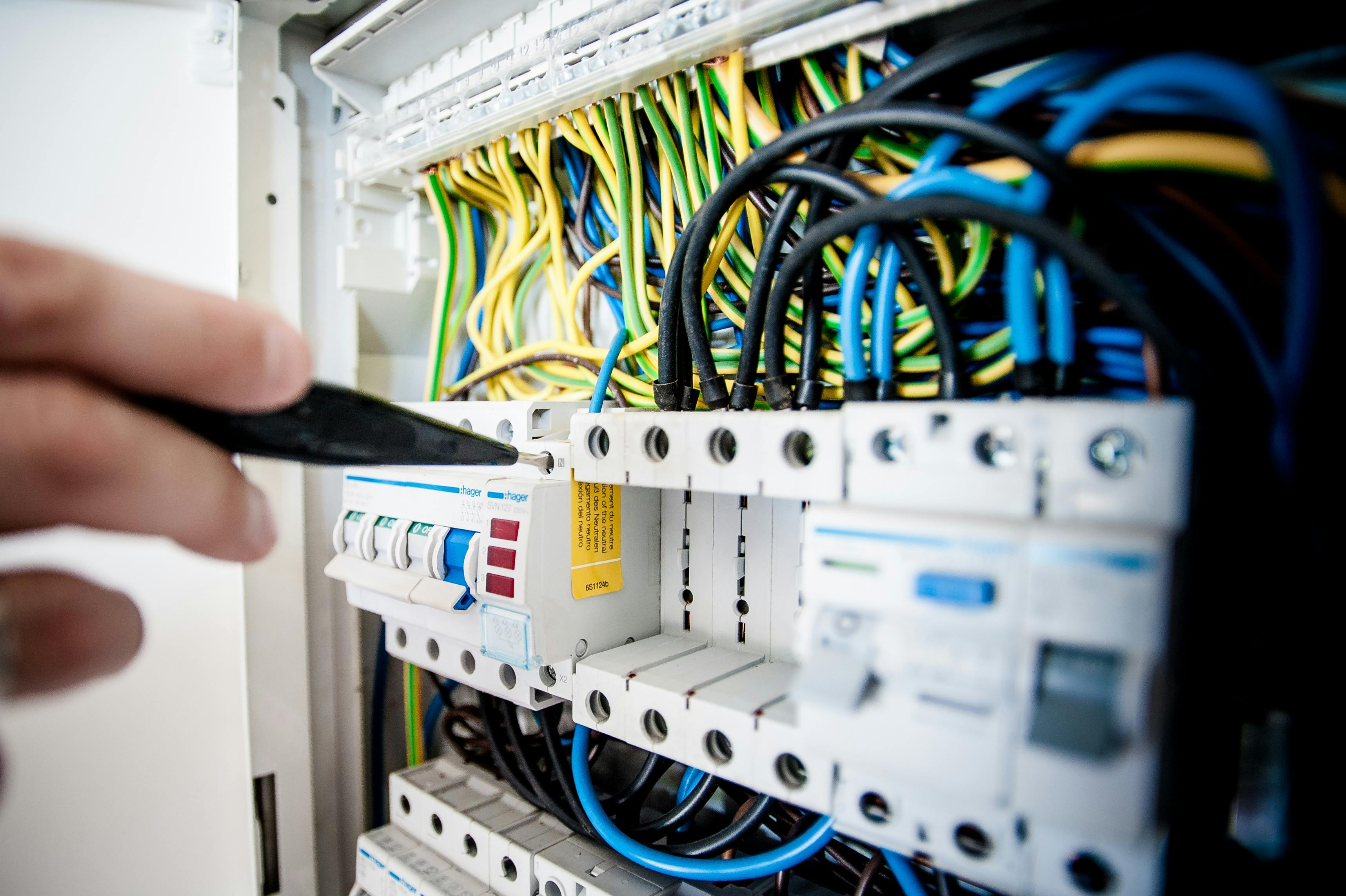Circuit Breaker Wiring Financing for Smart Electrical Upgrades
Upgrading your circuit breaker wiring is no longer a luxury—it’s a necessity in the age of smart homes and rising energy demands. From safety to scalability, these updates are essential, yet often come with a high price tag. This article explores how circuit breaker wiring financing can ease the financial burden while guiding you through modern installation techniques, safety standards, and advanced use cases.

Understanding the Fundamentals
At the core of any residential or commercial electrical system lies the circuit breaker. It regulates electrical flow and prevents overloads, shorts, and potential fire hazards. Understanding how these systems function—and why upgrading them matters—is critical for any property owner.
Much like how a dam controls the flow of water, a circuit breaker controls electricity. Without proper wiring and modern components, systems can become dangerous and inefficient over time.
1.1 What Is Circuit Breaker Wiring?
Circuit breaker wiring refers to the interconnected system of breakers, wires, and connectors that regulate electrical flow within a structure. These systems can become outdated as new appliances increase demand for electrical load capacity. According to a 2023 report by the Electrical Safety Foundation, over 30% of household fires are due to faulty electrical systems.
Real-world applications include homes with EV chargers, smart thermostats, and solar panels—all of which require a robust wiring system. A common misconception is that rewiring is only necessary for old homes; in reality, even newer homes may need updates to accommodate energy-efficient devices.
1.2 Importance of Panel Capacity
Panel capacity determines how much power your home can safely distribute at any given time. Unlike fuse boxes of the past, modern breaker panels offer flexibility and scalability. The standard 100-amp panel is no longer sufficient for most households with high-tech appliances.
For instance, adding a tankless water heater or home automation hub could require a 200-amp upgrade. Without it, the risk of frequent breaker trips and overheating increases dramatically.
Practical Implementation Guide
Now that we understand the why, let’s explore the how. Upgrading or rewiring a circuit breaker panel involves technical steps that must comply with local codes. With the right approach—and financing—this process can be smooth and cost-effective.

2.1 Actionable Steps
- Assessment and Audit: Hire a certified electrician to evaluate your current panel and load requirements. This helps identify bottlenecks and potential hazards.
- Choose the Right Materials: Use copper wiring and UL-certified breakers for longevity and safety. Consider surge protectors and smart breakers for future scalability.
- Schedule and Finance the Upgrade: Work with lenders or government programs that offer circuit breaker wiring financing options with low interest or deferred payments.
2.2 Overcoming Challenges
Common obstacles during circuit breaker wiring upgrades include:
- Delays in permit approvals
- Hidden damage behind walls
- Outdated electrical schematics
- Material backorders
To overcome these, always work with licensed professionals, build buffer time into your schedule, and prepare for contingencies. Expert electricians recommend labeling all wires clearly and using circuit mapping software during rewiring.
Advanced Applications
Once your base wiring and breaker panel are modernized, you can explore advanced electrical applications that boost energy efficiency and safety. These use cases are ideal for tech-savvy homeowners and energy-conscious businesses.

3.1 Smart Circuit Breakers
Smart circuit breakers allow real-time monitoring of energy usage, remote access, and programmable schedules. A 2024 study by Smart Energy Alliance found that homes with smart breakers reduce peak energy usage by 22% on average.
Case studies show successful implementation in multifamily residences and solar-equipped homes. Performance metrics often reveal lower electricity bills and better outage control.
3.2 Integration with IoT Systems
Advanced wiring enables seamless integration with IoT-based security systems, HVAC controls, and lighting automation. Compatibility with Amazon Alexa, Google Home, and Apple HomeKit is becoming a standard expectation.
Consideration must be given to voltage levels, relay capacities, and the number of controllable circuits when planning integration. It’s also wise to install backup power solutions like inverters or battery storage.
Future Outlook
The future of circuit breaker wiring is being shaped by innovations in AI diagnostics, predictive maintenance, and sustainability goals. Smart panels are expected to become mainstream, equipped with self-healing features and cloud connectivity.
By 2030, analysts predict that over 60% of homes in the U.S. will adopt intelligent electrical infrastructure. To prepare, homeowners should begin upgrades now while leveraging circuit breaker wiring financing to spread out costs effectively.
Conclusion
Three key takeaways: First, modern circuit breaker wiring is essential for safety and efficiency. Second, financing options can make upgrades accessible to most homeowners. Third, smart applications offer long-term value and sustainability.
Don’t wait until your breaker fails—be proactive. Start by scheduling a professional audit and exploring financing options tailored to your needs. A safer, smarter home begins with a single panel upgrade.
Frequently Asked Questions
- Q: What is circuit breaker wiring? It’s the interconnected system that controls electricity flow throughout a home or building, preventing overloads and enhancing safety.
- Q: How do I get started with an upgrade? Begin with a professional inspection and then apply for financing programs that support electrical modernization.
- Q: How long does a full upgrade take? Most panel upgrades take 1-3 days, but larger rewiring projects may last up to a week depending on complexity and permits.
- Q: What does it cost to rewire a circuit breaker panel? Expect to pay between $1,500 and $5,000, depending on the home’s size, materials used, and panel capacity.
- Q: How does this compare to fuse boxes? Circuit breakers are safer, easier to reset, and more compatible with modern appliances than outdated fuse systems.
- Q: Is it hard to learn how this works? While technical, most homeowners can understand basic concepts with guidance; actual installation should be left to licensed electricians.
- Q: Can this be applied to commercial buildings? Absolutely. Commercial-grade systems benefit greatly from smart wiring and breaker financing to support higher energy demands and compliance needs.
